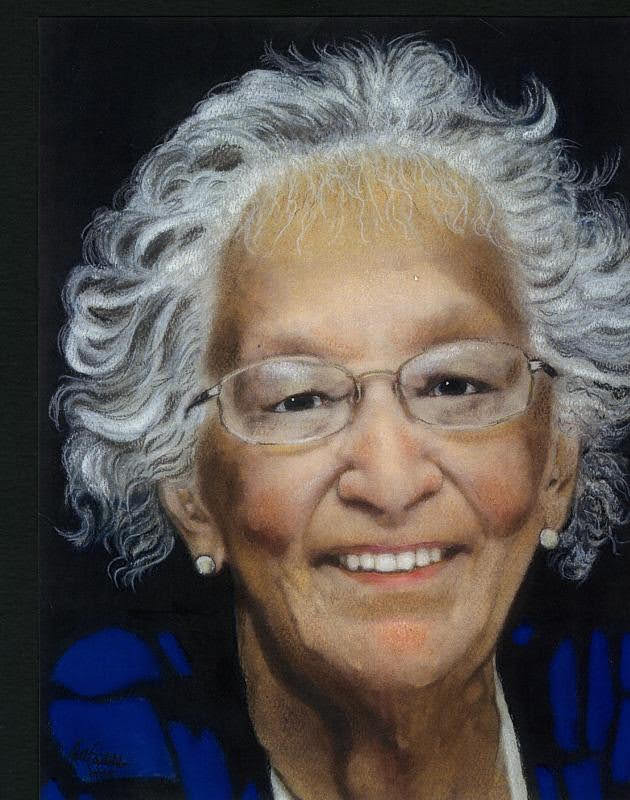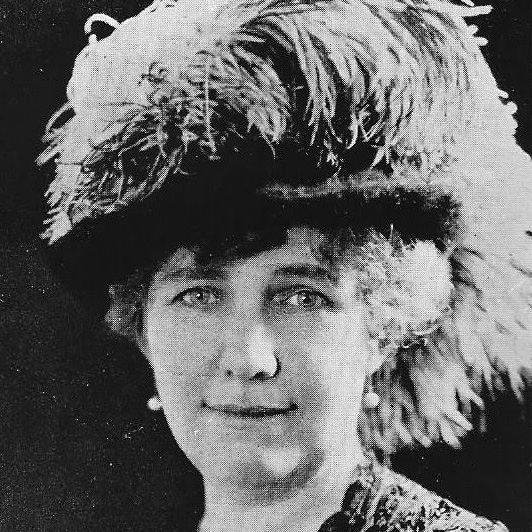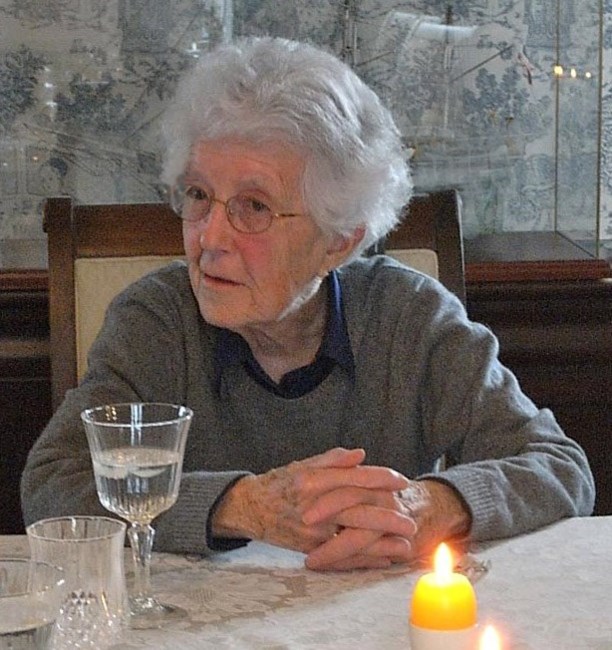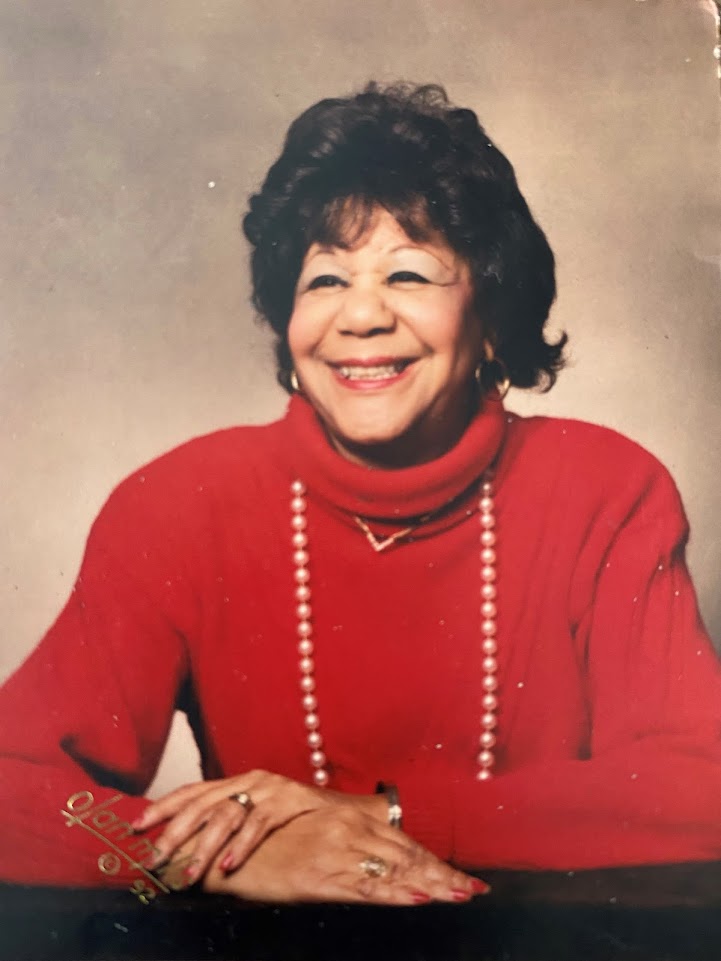A well-respected journalist in southeastern Massachusetts and beyond, Minna Littmann (c. 1893-1984) was a staff writer for The Evening Standard and later The Standard-Times from the 1920s through the 1950s. Her writing became known for its perception and sensitivity, and her syndicated articles for the Newspaper Enterprise Association and the Associated Press were read nationwide.
A well-respected journalist in southeastern Massachusetts and beyond, Minna Littmann (c. 1893-1984) was a staff writer for The Evening Standard and later The Standard-Times newspapers for more than three decades, from the 1920s through the 1950s. Her writing became known for its perception and sensitivity, and her syndicated articles were read nationwide.
Minna was born in Salisbury, North Carolina about 1893 and graduated from the University of North Carolina College for Women in 1911 at age 17. She taught English, German and science at Salisbury High School and later joined the staff of textbook publisher D.C. Heath in New York, where she revised the German section of their catalogue. Minna studied art at the Philadelphia Academy of Fine Arts and the Art Students League in New York; her watercolors of flowers were well-regarded. She studied journalism at Columbia University School of Journalism for one year, from 1920 to 1921. In the fall of 1921, Minna was hired as a reporter for the New Bedford Evening Standard through the sponsorship of Max Schuster, president of Columbia School of Journalism’s alumni association and co-founder of Simon & Schuster publishing company. Minna moved into 127 Maple Street in New Bedford, missing home but enthusiastic to learn about and report on her new place of residence. In a 1923 letter to a college classmate published in the North Carolina College for Women’s Alumnae News, Minna described New Bedford, “But, first of all, if you had a holiday to spend in this place, so beautiful now that belated spring has at last arrived, you ‘d forget everything but how lovely blue water and sailing vessel rigging is — are.”
One of Minna’s first assignments at The Evening Standard included two women’s pages for the Sunday edition that covered what interesting women in and around New Bedford were doing. Her features covered women’s social and civic work, light human-interest stories, and the interiors of fine area homes. Other early assignments included an interview of a Chinese minister to the United States and his family at their Woods Hole summer home, an interview of eccentric young millionaire Charles Garland who farmed nearby, court reporting on a slander case involving two state officials, and news stories on the filming of Down to the Sea in Ships, a 1922 silent romantic drama filmed in New Bedford and Dartmouth. In 1923, Minna received special recognition early in her career for her story on an Empire Theater audience reaction to the death of film star Wallace Reid when the story was included in a nationally selected volume of The Best News Stories of 1923. The article, “Little Whispers Spread as Reid Appears on Screen,” recounted theatergoers’ responses to the star’s sudden death after his struggle with addiction. Her coverage showed compassion as she reported on the audience’s shock and sadness. She includes a quote from the young usher girl, “It’s too bad, ain’t it?”
After 1932, when The Evening Standard became The Standard-Times, Minna’s stories gained readership near and far. Locally, she covered music, art, gardening, industry, and philanthropy. In 1947, as special correspondent to the Newspaper Enterprise Association, her article on the Share-a-Shawl program that provided knitted shawls to the British during the winter was syndicated and published nationwide. Her 1951 story “New Bedford Flexes Industrial Muscles” written for the Associated Press reported that New Bedford seemed on its way to breaking all local records for productivity, employment, and gross income. That same year, Minna wrote a two-page Sunday feature on Eleanor Melville Metcalf’s gift of the Melville family’s letters, manuscripts and objects to Harvard University. In 1953, she reported on Sylvia Ann Howland Green Wilks’ $1.2 million gift to the New Bedford Free Public Library. Throughout her career, she wrote engaging interviews with the famous who visited the area. Minna’s many thank you notes from celebrities were a testament to her warmth and trust.
For Minna, connection with the community was an important aspect of her journalism. She wrote the Hats Off feature at the end of each month to recognize the achievement of outstanding people from the community. She described this column as “a particular privilege, because I have become aware that many deserving people have been made happy by this recognition which otherwise might not have been given.” A member and secretary of the Garden Club of Greater New Bedford, Minna loved to write about New Bedford’s community gardens, plots of land made available to gardeners through city and Standard-Times sponsorship. She organized spelling bees also sponsored by the newspaper and took two area winners to the national competition in Washington, D.C.
Minna died on February 3, 1984, at St. Luke’s Hospital after a brief illness. The late Basil Brewer, former publisher of The Standard-Times, once stated, “In my 40 years of newspapering, I have never known a better journalist or a finer person. In our city room there always will be a special chair marked Minna’s.”
Ann O’Leary, Emily Bourne Research Fellow
Information from
-
Allen, Everett S. “Writer’s Elegy: Modest to a Fault, She Interviewed the Great.” The Standard-Times, 4 Feb. 1984.
-
Littmann, Minna. “From One of Our Newspaper Workers, Minna Littmann, ’11.” Alumnae News of the North Carolina College for Women, vol. 12, no. 2, July 1923, pp. 30-31. University of North Carolina, https://archive.org/details/alumnaenewsofnor1923unse/page/30/mode/2up?q=minna.
-
Littmann, Minna. “Wallie Reid’s Last Picture.” The Best News Stories of 1923, edited by Joseph Anthony, Small, Maynard & Co., 1924, pp. 219-220. Google Books, https://www.google.com/books/edition/The_Best_News_Stories_of_1923/gxYWAQAAMAAJ?hl=en&gbpv=1&dq=minna+littmann+best+news+stories+of+1923&pg=PA218&printsec=frontcover.
![[Minna Littmann], c. 20th century, Photograph, Courtesy of The Standard-Times Photo of journalist Minna Littmann](https://historicwomensouthcoast.org/wp-content/uploads/2021/08/Minna-Littmann-1-230x230.jpg)




